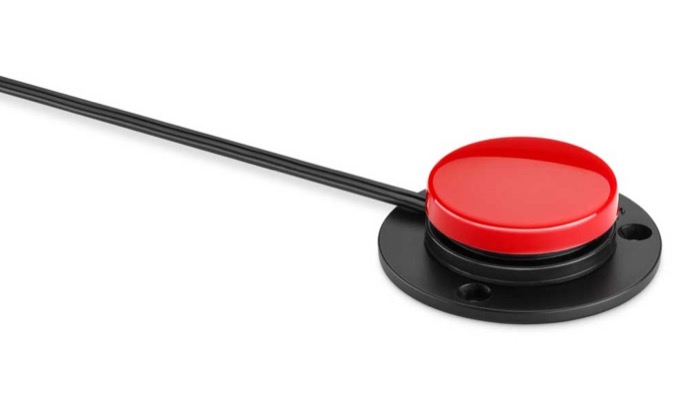Users
To first provide us with a shared vocabulary as we move through this guide we have set up four categories below that allow us to showcase how your users interact with and experience your website. Then we can begin to develop an understanding of how to best implement our designs and deliver content.
Visual - Blind, Low Vision, Color Blind
Convert visual info to audio
Small type, strange type-face, dispersed layout
Color does not convey meaning
Auditory - Deaf, Hard of hearing
Closed Captioning, Transcripts
Cognitive - Attention, Learning Disorders
Convoluted presentation of information
Physical - Mobility, Tremors, Paralysis
Limits input devices (keyboard, mouse, touch screen)




